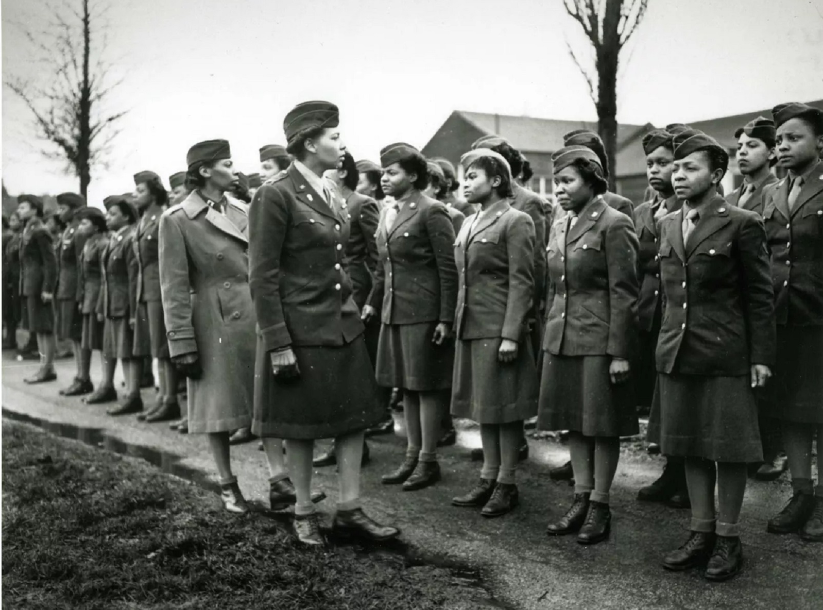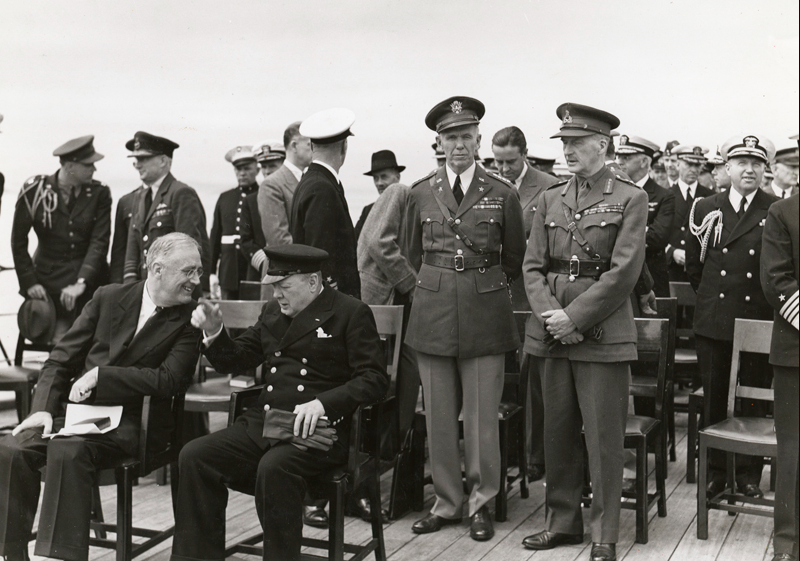Allied Strategies: How Diplomacy and Warfare Won World War I
Another key aspect of the Allies’ success in World War I was how they persuaded and bound together a coalition. Whereas Europe had already been split into blocs prior to the war, once war broke out, diplomatic efforts to strengthen the Allies became an essential part of their overall plan.
Britain and France’s Entente Cordiale, for example, as well as the Franco-Russian Alliance provide a foundation for early cooperation. The Allies built on links like this sympathy, dragging more nations into the orbit such as Italy(1915) and United States(1917) by promising territory and sharing ideology.
The entry of the USA was a real turning point. Fresh American troops, extensive funds, and industrial production went to provide a huge boost for the Allied cause. US President Woodrow Wilson’s diplomatic programme, as set out in his now-famous Fourteen Points, secured worldwide support for the Allied case. At the same time, the Central Powers found themselves diplomatically isolated with fewer connections and less support to call upon.
Military Strategies sound in the context of this sentence.
On the assumption that A diplomat and his methods in strategies of the Allies, without them its military would have been equally null and void. When we think about World War I, many of us immediately recall the trench lines on the Western Front. Trench warfare turned into a brutal, devastating – and for quite some time at least partial-hiatus of all movement on both sides.
Land warfare in Word War I was fought primarily through trench warfare – at least on the Western Front during that war’s first few years. Any this kind of warfare can only result in a protracted bloody stalemate. The transformation of victory on land eventually caused the Allies to adopt still another strategy, shouldering over even hardened German defenses.
Allied military strategy was characterized by coordinated offensives. The Battle of the Somme in 1916 and again in that year’s other major action, Verdun, were attempts on the part of the Allies to eat away German forces through exhaustion. Both battles led to heavy casualties, but because they lacked manpower and access to resources compared with those of the Allies, over time more and more youths started turning themselves in.”
On the sea, the Royal Navy of Great Britain played a pivotal role. The British blockade of Germany, which began in 1914 and persisted for the rest of World War I, eventually wore the Central Powers down by cutting off their access to foodstuffs and other goods. Over time, this policy escalated rapidly: widespread hunger and social discontent inside Germany were secondary factors contributing to an erosion in both soldier’and civilian morale.
Technology proved to be yet another decisive battleground. The Allies, in particular, had an air force and new weapons like tanks. The introduction to the III battalion of tanks,badly malfunctioning in the beginning of its time, but this invention became ultimately decisive to end game for breaking through enemy fronts. Their artillery was made more up-to-date than ever before; they used airplanes not only on reconn;
issance missions but also for bombing runs against targets- giving them an advantage over other armies on land.
The Central Powers Collapse
In 1918, the Allies’ military pressure and diplomatic isolation began to work its deadly magic on the Central Powers. Germany’s allies—the Austro-Hungarian empire, Turkey and Bulgaria—were all now either in chaos or asking for an armistice, leaving Germany wide open to any blow that might come crashing down from behind. Internally, the disintegration of Germany was worsened by blockades and failed military campaigns. The final result was that Kaiser Wilhelm II abdicated for good and then signed an armistice with Great Britain, France Italy (The nations most active in trying to keep him from peace talks) on 11 November 1918.
Summary
The Allied victory in World War I depended just as much on diplomacy as military endeavour. Strong coalitions/pact formed by continuing alliances the Allies and the addition of other states to the War efforts, plus their strategic military theories which could outlast and exceed in scope those of Central Powers were equally important These feats of adaptation coordination sustained both military action and diplomacy are essential to its success today amidst the worldwide tragedy called war.









